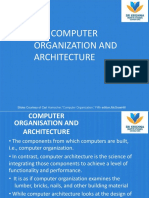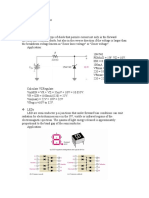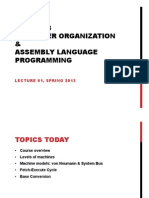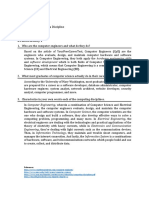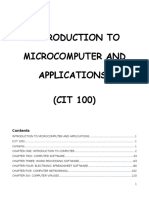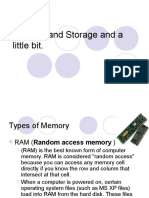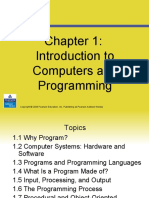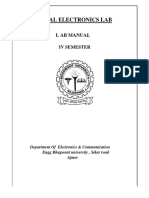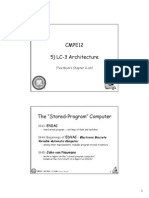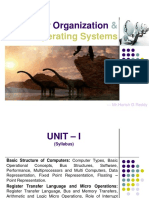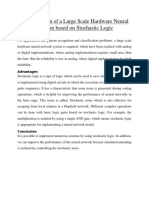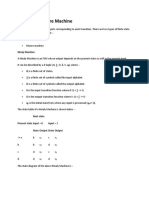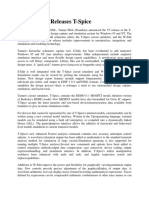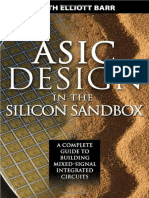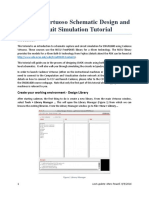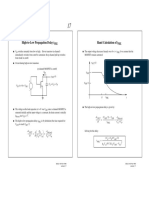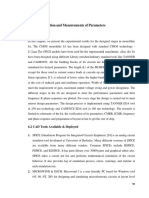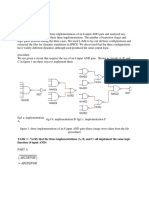0% found this document useful (0 votes)
205 views101 pagesComputer Architecture PDF
This document provides an overview of computer organization and architecture. It discusses the components that make up computers, including the central processing unit, memory, input/output devices, and bus structure. It also describes the evolution of computers from early generations that used vacuum tubes to modern systems that utilize microprocessors, integrated circuits, and very large scale integration. The document outlines basic computer terminology and concepts such as software, hardware, data processing, storage, and control. It provides examples of different types of computers including desktops, notebooks, servers, and supercomputers.
Uploaded by
rakheep123Copyright
© © All Rights Reserved
We take content rights seriously. If you suspect this is your content, claim it here.
Available Formats
Download as PDF, TXT or read online on Scribd
0% found this document useful (0 votes)
205 views101 pagesComputer Architecture PDF
This document provides an overview of computer organization and architecture. It discusses the components that make up computers, including the central processing unit, memory, input/output devices, and bus structure. It also describes the evolution of computers from early generations that used vacuum tubes to modern systems that utilize microprocessors, integrated circuits, and very large scale integration. The document outlines basic computer terminology and concepts such as software, hardware, data processing, storage, and control. It provides examples of different types of computers including desktops, notebooks, servers, and supercomputers.
Uploaded by
rakheep123Copyright
© © All Rights Reserved
We take content rights seriously. If you suspect this is your content, claim it here.
Available Formats
Download as PDF, TXT or read online on Scribd
/ 101
